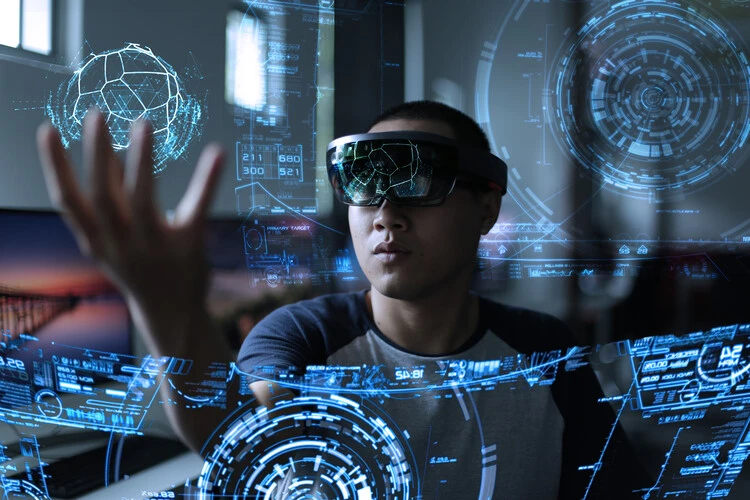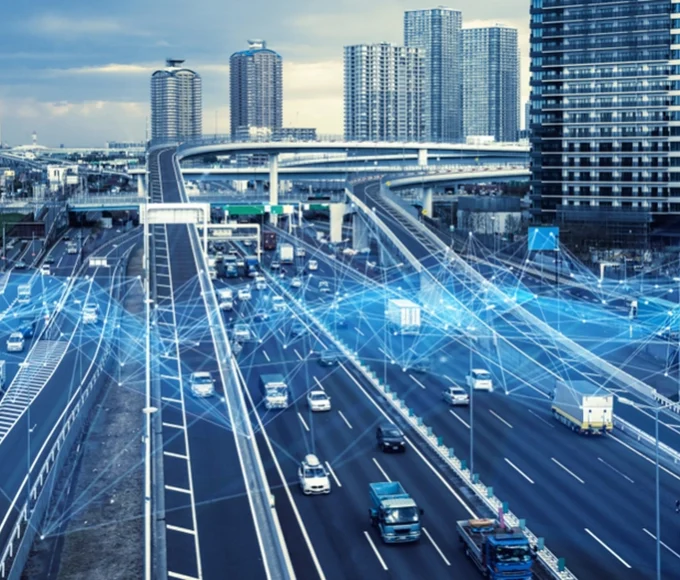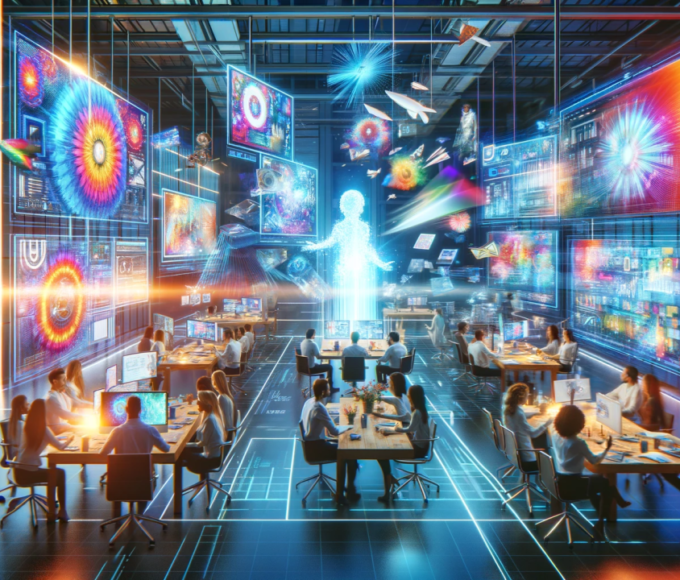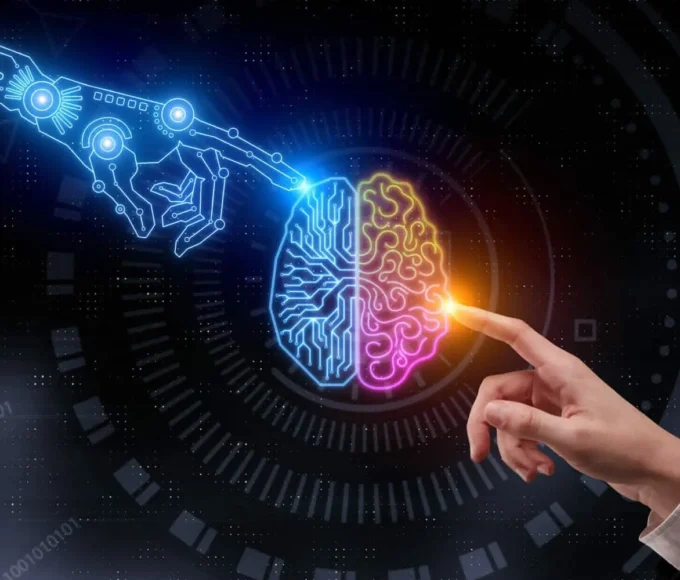Virtual Reality (VR) has long been a promising technology for transforming how we interact with digital environments. It allows users to immerse themselves in virtual worlds, blurring the lines between reality and imagination. However, to truly enhance this experience, the creation of realistic environments and avatars is crucial. This is where Generative Artificial Intelligence (AI) steps in, offering innovative solutions to generate immersive environments and lifelike avatars that enrich the VR experience.
Generative AI in Virtual Reality
Generative AI refers to systems that can autonomously generate content, whether it’s images, text, or even entire virtual environments. In the context of VR, Generative AI plays a pivotal role in creating dynamic and interactive worlds that respond to users’ actions and preferences.
One of the key aspects of Generative AI in VR is procedural generation. Instead of manually designing every aspect of a virtual environment, procedural generation algorithms can create vast and diverse landscapes, buildings, and objects on the fly. This not only saves time and resources but also ensures that each user’s experience is unique.
Moreover, Generative AI can enhance realism in VR environments by simulating natural phenomena such as weather patterns, terrain erosion, and vegetation growth. By analyzing real-world data and applying advanced algorithms, virtual environments can closely mimic the complexities of the natural world, making the VR experience more immersive and engaging.
Creating Lifelike Avatars:
In addition to immersive environments, avatars play a crucial role in making VR experiences feel more personal and interactive. Traditionally, creating realistic avatars has been a challenging task, often requiring extensive manual modelling and animation.
Generative AI, however, has revolutionized the process of avatar creation. With techniques like neural networks and deep learning, it’s now possible to generate highly detailed and lifelike avatars from minimal input data. These avatars can exhibit realistic facial expressions, gestures, and movements, enhancing social interactions within virtual environments.
Furthermore, Generative AI enables the customization of avatars to reflect users’ preferences and identities. By analyzing user input, such as photos or biometric data, AI algorithms can generate avatars that closely resemble individuals, allowing users to truly see themselves in the virtual world.
Challenges and Future Directions:
While Generative AI has made significant strides in enhancing VR experiences, there are still challenges to overcome. Achieving truly photorealistic environments and avatars requires solving complex problems in areas such as texture mapping, lighting, and animation.
Additionally, ensuring diversity and inclusivity in avatar representation remains an important consideration. Generative AI must be trained on diverse datasets to accurately represent people of different ages, genders, ethnicities, and body types.
Looking ahead, the integration of Generative AI and VR holds immense potential for creating even more immersive and interactive experiences. Advancements in AI algorithms, coupled with hardware improvements in VR devices, will continue to push the boundaries of what’s possible in virtual environments.
Generative AI is revolutionizing the way we create immersive environments and lifelike avatars in Virtual Reality. By harnessing the power of AI algorithms, developers can generate dynamic worlds and personalized avatars that enhance the VR experience for users.
As technology continues to evolve, the synergy between Generative AI and VR promises to unlock new possibilities for creativity, storytelling, and social interaction in virtual worlds.
















Leave a comment